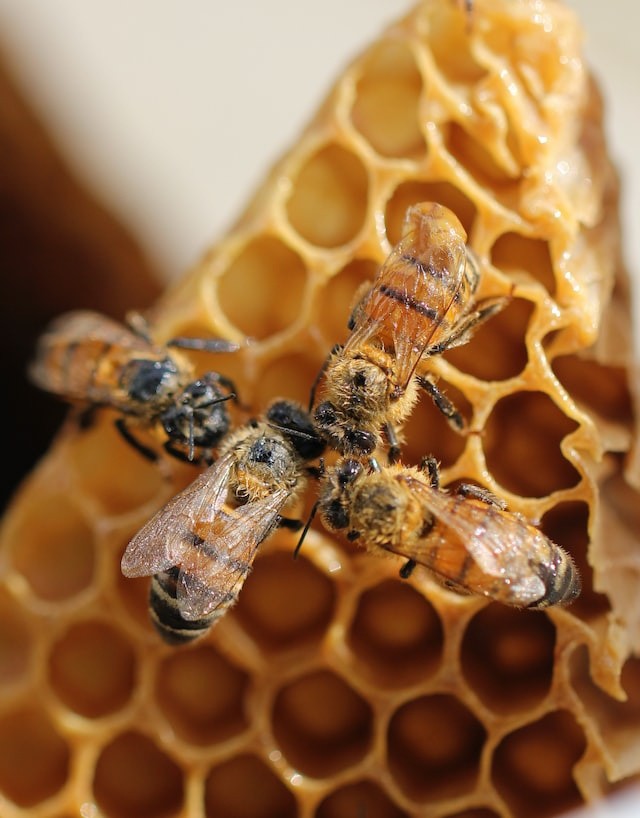According to researchers at the University of Bristol, social bees like honeybees and bumblebees have larger foraging ranges.
The results, which were released today in Current Biology, demonstrate that social bees travel farther in search of pollen and nectar.
This has implications for forecasting pollination services and developing successful bee and plant conservation strategies.
Social bees travel greater distances for food

Due to a variety of characteristics, such as body size, colony size, communication, and flower constancy, social bees travel farther, as per ScienceDaily.
Greater foraging areas are available to larger bees like the bumblebee. They can easily cover more ground because they have larger wings and can fly more quickly.
Bees from larger colonies must travel farther to avoid congestion because if they remain near the nest, their sisters will compete with them more fiercely.
Different forms of communication have evolved in a wide variety of social bees.
This enables foragers to share their discoveries with their sisters when they come across a particularly rewarding flower species. Consequently, more bees will favor the same species of flowers.
Additionally, social bees usually only visit one kind of flower when foraging. Bees must travel further to find their preferred flower because of flower constancy, which causes them to disregard viable alternatives and concentrate only on a portion of all available flowers.
The findings have implications for bee protection and the conservation of threatened plants that they pollinate because bees, especially social bees, are among the most significant pollinators and are also in danger.
"Our results suggest that solitary bees might be most affected by human-caused habitat loss and fragmentation because they will struggle more to find suitable food sources at greater distances," lead author Dr. Christoph Grueter of Bristol's School of Biological Sciences said.
Since many social bee species can be kept in hives, we could use our understanding of their foraging ranges in targeted ways to aid the pollination of plants in remote areas, Gruter added.
Social bees may be particularly important for the protection of endangered plant species that only exist in isolated patches.
In order to find the available information on the bee foraging ranges of 90 bee species, Dr. Grueter and Lucy Hayes conducted the study during lockdown using coding to build a simulation model in conjunction with published literature.
In order to investigate the effects of social, dietary, and environmental factors on foraging ranges, they also created an agent-based model.
Read more: Bees are Fish? California Judges Ruled
The Traveling Bee
Beekeepers are merely advocates for the colony, an extremely productive small society of insects. Inspecting our hives allows us to observe their growth for months, and if all goes well, we will eventually be able to taste the honey, as per Perfect Bee.
However, it is naive to consider the beehive as nothing more than a source of honey. It's enlightening to think of the beehive as an industrial center, with incoming goods, a production line, and the delivery of much more than just honey, in addition to the wonder and joy we experience from the beautiful construction and use of honeycomb.
He now intends to investigate and validate the results in the bees' natural habitat and determine which bee species are most and least impacted by habitat loss and fragmentation.
Collecting nectar is likely the most obvious reason for bees to leave the hive. Prior to "processing" back at the hive, nectar serves as the raw material for honey.
Nectar becomes a crucial resource for the colony when it is processed, transformed into honey, and stored. This resource is especially important for the colony's ability to survive the winter.
Related article: Reasons Why Bees Are Dying At An Alarming Rate
© 2025 NatureWorldNews.com All rights reserved. Do not reproduce without permission.





